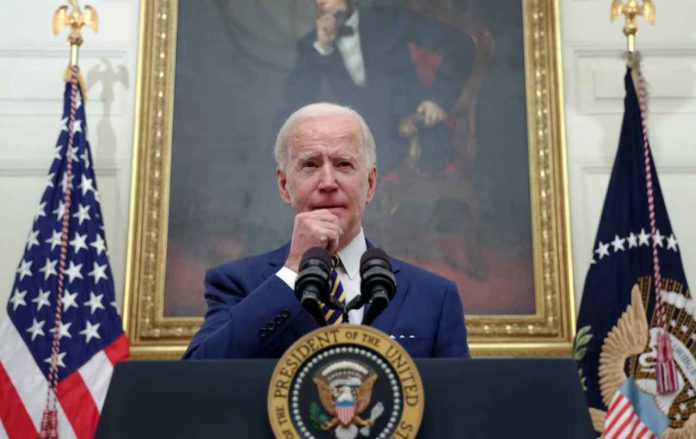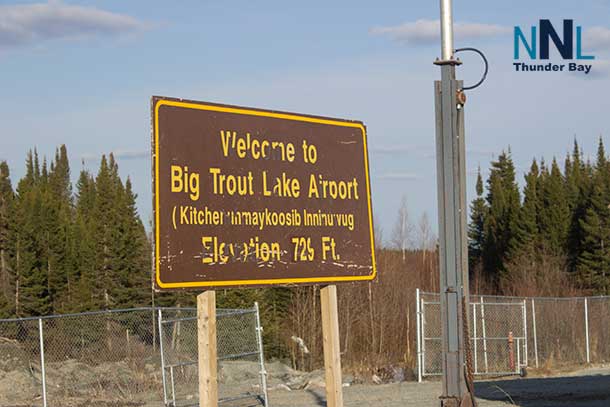Organizers of the cross-country Red Road to DC project are calling for Native Americans to get more say in how to manage their land
* ‘Red Road to DC’ project brings totem pole across the country
* The project highlights threatened indigenous sacred sites
* Tribal lands cover about 56 million acres of the United States
By Carey L. Biron
WASHINGTON – (Thomson Reuters Foundation) – The fight over South Dakota’s Black Hills was handed down to Nick Tilsen from his parents, part of what he says is the longest-running legal battle over indigenous lands in U.S. history, ongoing since the 1800s.
At issue is control of more than 1 million acres (404,700 hectares) of rolling hills – a place of origins for Tilsen’s Lakota tribe, dotted with sacred sites the community returns to regularly.
“Our people have been traveling in and around the Black Hills as part of our spiritual cycle for millennia,” Tilsen told the Thomson Reuters Foundation by phone.
Yet it is the federal government that ultimately makes decisions concerning most of the Black Hills, despite 19th-century treaties that included these lands – provisions that were broken once gold was found in the area, Tilsen said – and subsequent court rulings in the tribe’s favor.
Hoping that President Joe Biden’s administration will open the door to stronger indigenous land rights, Tilsen and others are focusing on a message being delivered to Washington, D.C. this week – in the form of a 25-foot-tall (7-m-tall) totem pole.
Over the past two weeks, the intricately carved and painted artwork, made from a 400-year-old cedar tree, has been traveling cross-country in the Red Road to DC caravan, stopping at 10 sacred sites, like the Black Hills, on its way to Washington.

Accompanied by a group of its creators, the Lummi Nation’s House of Tears Carvers, the totem pole is due to arrive in Washington for a rally Thursday.
After that, backers plan to meet with government officials to present policy demands on how to protect sacred sites across the country.
About 56 million acres across the United States are considered tribal lands, though these are all held in trust by the federal government.
Tilsen, who heads an advocacy and philanthropic group called NDN Collective, is optimistic, pointing to growing tribal action on indigenous land sovereignty and rising public recognition of the issue over recent years.
Indigenous advocates also see promise in the new Biden administration, which they say has hired more Native Americans than any other.
That includes Deb Haaland, who became the first Native American to serve as a cabinet secretary when she was named head of the Interior Department, which manages tribal lands. Haaland will address the rally Thursday, organizers say.
Natural resource extraction, climate change and “unbridled development” are the main threats to indigenous land, said Judith LeBlanc, director of the Native Organizers Alliance (NOA) and an organizer of the Red Road to DC project.
“Although people have taken note of these struggles, the remedies are all very different – the common denominator is the role of the federal government and its policies,” she said by phone.
A spokesperson for the Interior Department declined to comment.
PLUMMETING SALMON POPULATION
At the heart of the Red Road campaign is the totem pole, featuring more than a dozen elements of iconography – such as a moon, a bear and a salmon – drawn from tribes across the continent.
“This ‘journey’ is about sacred sites. Thus, we decided to let the spirit guide the choice of figures as we carved the totem from top down,” Jewell James, the head carver, wrote in a statement provided by organizers.
The pole will be offered as a gift to Biden to “urge his immediate protection of sacred sites”, according to a press release from the campaign, before it is displayed temporarily at the National Museum of the American Indian until a permanent placement is decided upon.
Julian Matthews is a member of the Nez Perce tribe in Idaho, where he and others have watched the Snake River’s salmon population plummet by up to 90% over the past quarter century, he said.
The tribe, which hosted the Red Road caravan on July 15, blames the federal government’s construction in the 1960s and 1970s of four dams that have impeded the water’s flow and raised its temperature, he said.
“This is an important food source, but it’s also part of our culture,” said Matthews, who leads the nonprofit Nimiipuu Protecting the Environment, noting that the community uses salmon in ceremonies such as funerals.
In March, a U.S. representative proposed removing the dams to restore the salmon population, a bill that received tribal support this month.

POLITICAL CONTROL
A common goal for tribal communities is to have the power to make decisions about major land management issues, said LeBlanc at the NOA.
Federally recognized tribes are sovereign and many have treaty agreements with the government, yet Washington only goes as far as offering “consultation” on key proposals, she noted.
“The only path to saving sacred places as well as public lands from destruction is if the federal government moves toward a relationship of informed consent, bringing native leaders and communities to the decision-making table to solve problems together,” LeBlanc said.
She sees rising energy toward those aims, including a U.S. House proposal in May that would mandate a stronger role for tribes in deciding on federal action that would significantly affect indigenous land.
“Tribal consultation … must become law as soon as possible,” Representative Raul M. Grijalva, who introduced the bill, said in a statement.
In the Black Hills, Tilsen said the national public discussion about race and equity has boosted the new “Land Back” movement seeking the return of sacred and public lands to indigenous control.
“Indigenous people want political control of the land again – let’s be clear, that’s what we’re fighting for,” he said.
He points to an area on the edge of the Black Hills as an example, where 100 acres of federally owned land was ceded to three tribes in 2017 and where NDN Collective is now helping develop housing for the homeless.
“This is about way more than physical land,” Tilsen said.
“Societal, political and economic systems were destroyed in the process of taking the land. Now so much of this is about rebuilding a new system.”
(Reporting by Carey L. Biron @clbtea; Editing by Jumana Farouky. Credit the Thomson Reuters Foundation)







